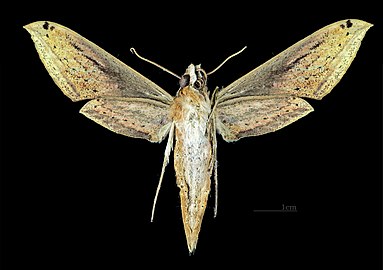
Xylophanes tyndarus is a moth of the family Sphingidae first described by Jean Baptiste Boisduval in 1875. It is distributed from Mexico and Belize to Brazil and westward into Bolivia.

Xylophanes ceratomioides is a moth of the family Sphingidae. It is known from Mexico, Belize, Costa Rica, French Guiana, Bolivia, Argentina and Venezuela, down into southern Brazil. Rare vagrants have been found up to southern Arizona.

Xylophanes eumedon is a moth of the family Sphingidae. It is known from Mexico.

Rhagastis albomarginatus is a moth of the family Sphingidae.
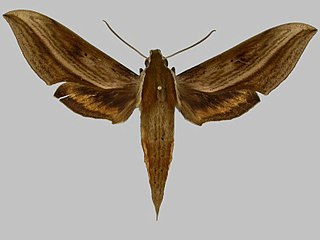
Xylophanes damocrita is a moth of the family Sphingidae first described by Herbert Druce in 1894. It is known from Mexico.
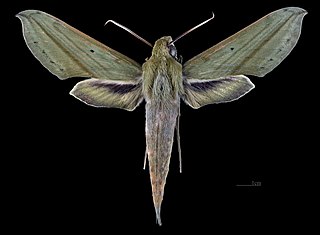
Xylophanes elara is a moth of the family Sphingidae first described by Herbert Druce in 1878. It is known from Paraguay, Suriname, Venezuela, Bolivia and Brazil.

Xylophanes guianensis is a moth of the family Sphingidae.
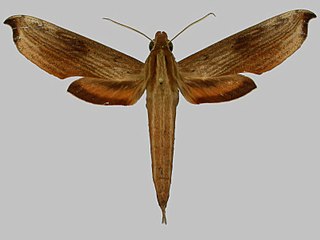
Xylophanes haxairei is a moth of the family Sphingidae. It is known from French Guiana and Venezuela.

Xylophanes irrorata is a moth of the family Sphingidae. It is known from Cuba.
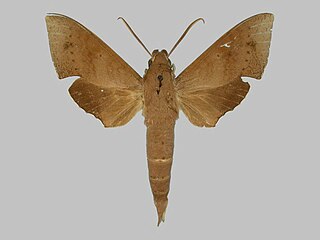
Xylophanes juanita is a moth of the family Sphingidae. It is found from Mexico and Belize to Costa Rica.
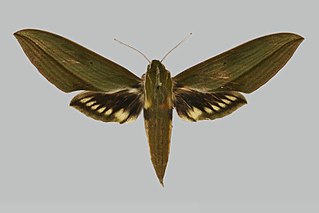
Xylophanes letiranti is a moth of the family Sphingidae which can be found in Panama and Costa Rica.
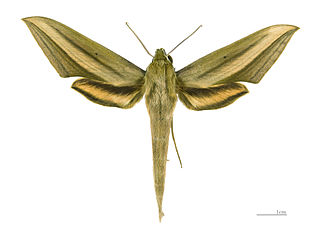
Xylophanes loelia is a moth of the family Sphingidae first described by Herbert Druce in 1878.

Xylophanes media is a moth of the family Sphingidae first described by Walter Rothschild and Karl Jordan in 1903.
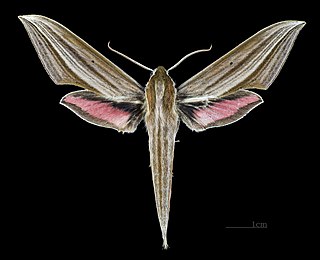
Xylophanes neoptolemus is a moth of the family Sphingidae.

Xylophanes ockendeni is a moth of the family Sphingidae. It is known from Peru.

Xylophanes resta is a moth of the family Sphingidae.

Xylophanes rhodina is a moth of the family Sphingidae. It is known from Panama and Costa Rica.

Xylophanes suana is a moth of the family Sphingidae first described by Herbert Druce in 1889.

Xylophanes thyelia is a moth of the family Sphingidae. The species was first described by Carl Linnaeus in his 1758 10th edition of Systema Naturae.

Xylophanes titana is a moth of the family Sphingidae first described by Herbert Druce in 1878.




